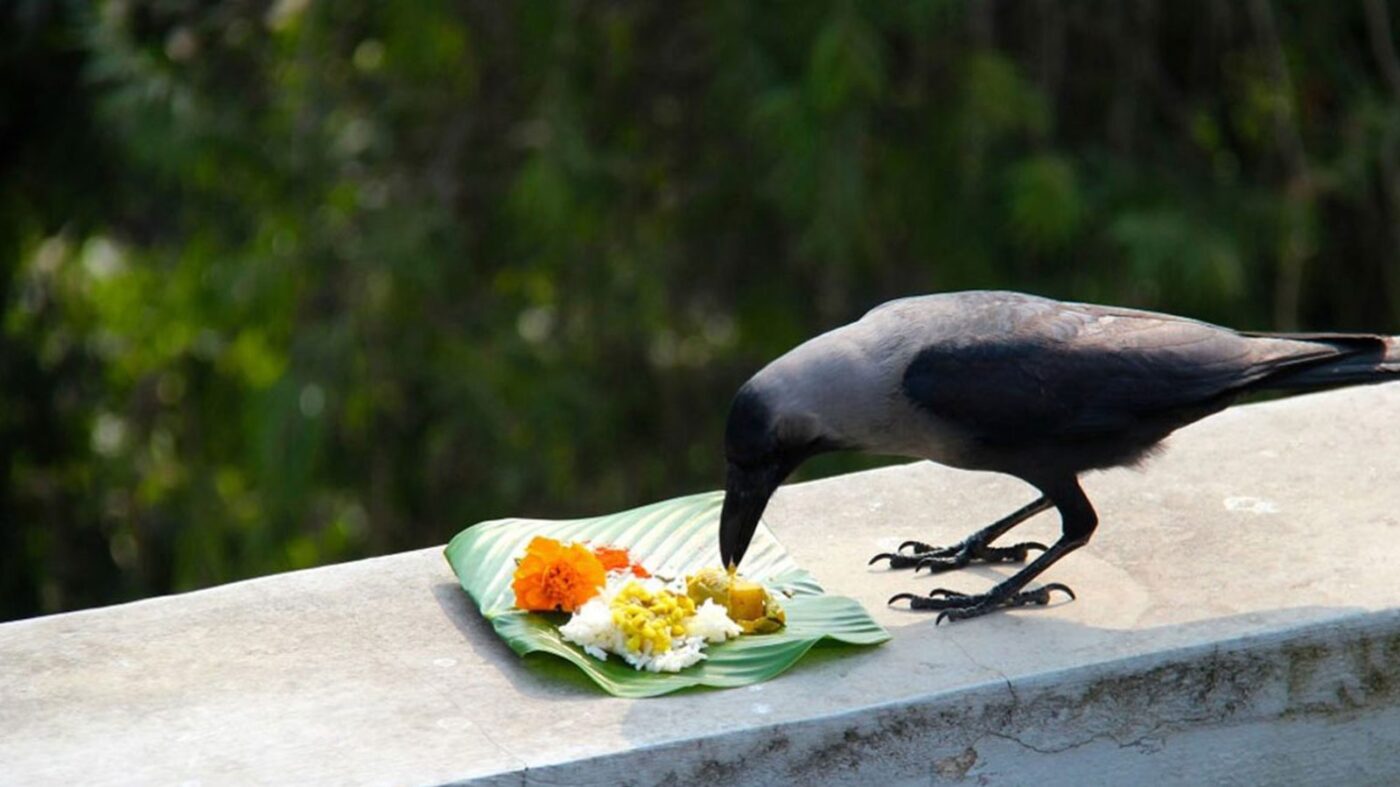What is PitraPaksha and Why do we observe it?
Pitru Paksha or Pitrapaksh is a sacred 15-day period in Hinduism dedicated to honoring ancestors through rituals like Shradh, Tarpan, and Pind Daan. It begins on the full moon of Bhadrapada’s Shukla Paksha and ends on the new moon of Ashwin’s Krishna Paksha. These rituals are performed to give peace and salvation to departed souls, remove Pitru Dosha, and ensure family prosperity, harmony, and spiritual growth. Observing Pitru Paksha is seen as both a religious duty and an expression of gratitude towards one’s lineage.
What happens if you do not perform Pitru Paksha rituals?
Not performing Pitru Paksha rituals is believed to leave ancestors’ souls unsatisfied, which may result in Pitru Dosha. This imbalance is said to cause hurdles in family life, such as financial struggles, health issues, or disharmony. Without Shradh, Tarpan, or Pind Daan, families may miss out on ancestral blessings that are considered vital for peace, prosperity, and spiritual well-being. Thus, neglecting these duties can weaken the bond between the living and their forefathers.
Who should perform Pitru Paksha rituals and when?
Traditionally, the eldest son performs Pitru Paksha rituals, but in his absence, other family members can also do them with devotion. The rituals should be performed with a pure heart, ideally at sunrise, which is considered the most sacred time. The essence lies in faith and sincerity, as these offerings help ancestors attain peace and, in return, bring blessings and prosperity to the family.
Pitrapaksh puja has been mentioned in Mahabharat and Garuda Puran. It is said that Yamraj releases the souls of our ancestors during this 15 day period when our ancestors come to their families to get tripti in the form of Til, water and give their blessings.
There are 4 stages of the puja.
Stage 1: Setting up the Puja Space
Stage 2: Worshipping Shaligram Ji or Vishnu ji
Stage 3: Tarpan Vidhi
Stage 4: Puja Completion and Daan
Stage 1: Setting up the Puja Space
Clean Yourself and the Space
Begin by taking a bath and wearing clean, traditional clothes. Sprinkle a few drops of Ganga Jal around the puja area to purify the space and invite divine energy. Sit facing the South direction during the puja.
Set up the Asan and Idols
Spread a white cloth on a small table or base, decorate with flower petals and akshat, and place a betel leaf (paan patta) with an idol or photo of Shaligram ji / Vishnu ji. If idols are unavailable, you can use a clay or stone figure.
Aawahan of Ganpati
Start by invoking Lord Ganesh. Fold your hands, chant “Om Gan Ganapataye Namah”, and place a ghee diya and dhoop stick to create a sacred ambiance.
Stage 2: Worshipping Shaligram Ji or Vishnu ji
Tilak and Offerings
Light the diya, sprinkle Ganga Jal on the idol, apply tilak with roli and akshat, then offer flowers, til, fruits, laung, elaichi and a piece of Janeu (white string) symbolizing new clothes. Offering til to Lord Vishnu is especially important in this puja.
Perform Achman
Purify yourself by performing Achman. Take Ganga Jal in a spoon with your left hand, pour it into your right palm, and drink it while chanting “Om Namo Bhagavate Vasudevaya”. Repeat 3 times, then wash your hands and relight the diya near the idol.
Stage 3: Tarpan Vidhi
Prepare for Tarpan
Keep two bowls: one (provided in the kit) near the idol and another filled with water mixed with Ganga Jal. Add a few drops of milk, til, and flowers into the water.
Perform Tarpan
Take the kush grass provided in the kit and hold it between your fingers so that one end points outward. Take the water mixture in both palms and release it slowly into the empty bowl, letting the water flow along the kush grass.
Remember Ancestors
Perform this ritual 3 times while chanting:
For male ancestors: “Tasmai Swadha Namah” (तस्मै स्वधा नमः)
For female ancestors: “Tasya Swadha Namah” (तस्य स्वधा नमः)
Take their names with devotion as you offer.
When to Perform Tarpan
Ideally, Tarpan is performed on the ancestor’s death tithi. If unknown, perform it on Sarva Pitru Amavasya. In 2025, Sarva Pitru Amavasya falls on September 17th.
Stage 4: Puja Completion and Daan
Seek Blessings and Forgiveness
After Tarpan, sprinkle til and flowers near the puja sthal, fold your hands, and pray for blessings and forgiveness from your Pitru.
Offer Roti to a Cow
Complete the puja by offering roti or food to a cow before you eat. This is considered an essential part of Pitru Paksha rituals.
Leave a message for your ancestors
We have provided a small postcard where you can write your message and leave it near the Puja Sthala. This is not a Puja step but a way to express your emotions.

Dismantle the Setup
On the next morning, after taking a bath and lighting incense, you may respectfully dismantle the puja setup and distribute the prasad among family members.







